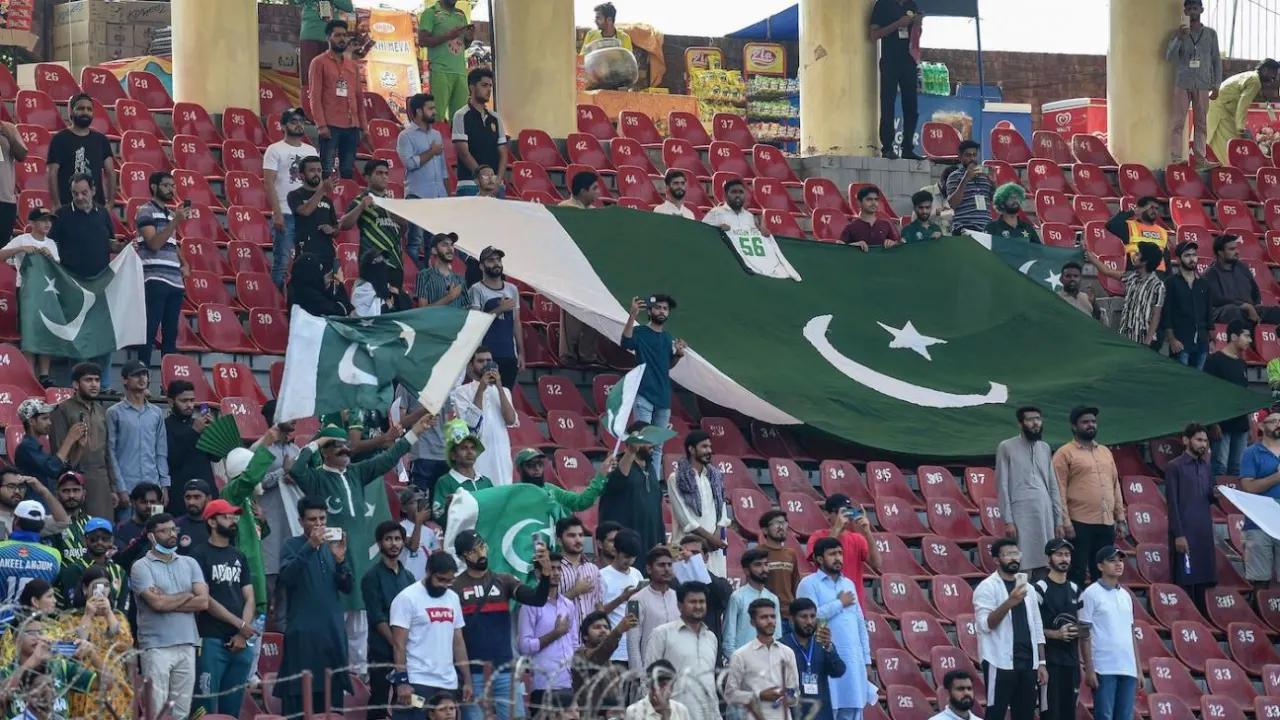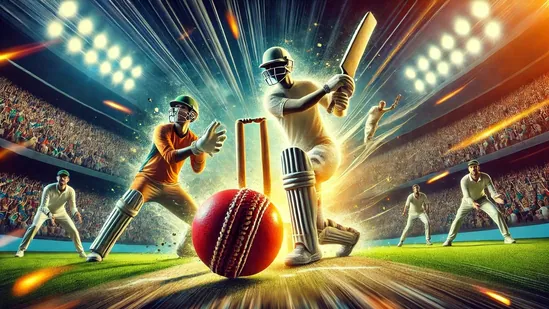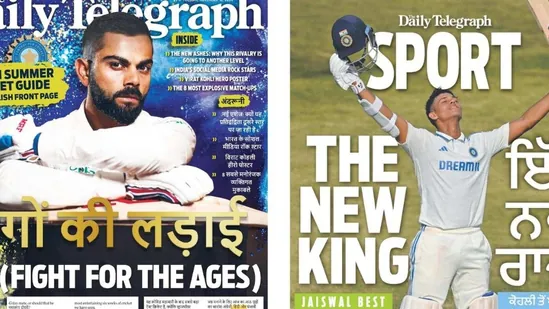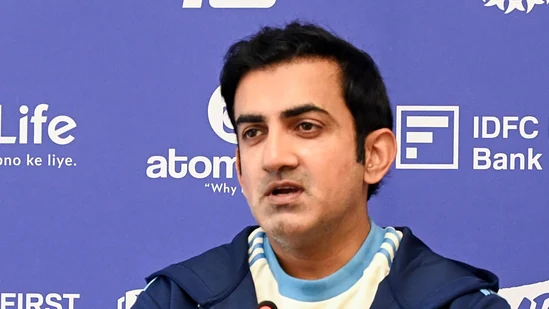The Unfiltered Mohinder Amarnath Interview: Cricket Politics, 'Bunch of Jokers' Comment, Comebacks, Marshall, Imran, and Beyond
In the recently released autobiography Fearless, co-authored with his younger brother ...
In the recently released autobiography "Fearless," co-authored with his younger brother and former first-class cricketer Rajendar, Amarnath opens up about his life shaped by his father, Lala, independent India's inaugural cricket captain. He candidly shares his journey of resilience after facing adversity from pace bowlers in the late 1970s and delves into the intense rivalries between the West and North Zones.
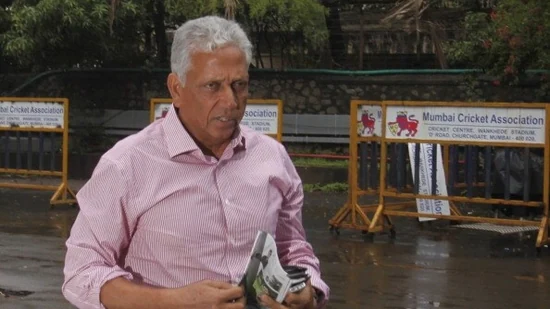
In this interview with the Hindustan Times, conducted on the sidelines of his book launch at the Mumbai LitFest, Amarnath speaks about his relationship with his father; the cricketers he looked up to during his playing days, and the secret to bouncing back.
Excerpts…
Your brother Rajendar mentioned that you kept a diary all through your career and that ultimately helped in the writing of your autobiography. Do you still jot down things every night?I still do that. Every once in a while, if a thought or idea strikes me, I jot it down. But during my playing days, I would keep a daily record of events, and experiences that I went through. I accumulated a lot of notes over the years. They are all in Hindi, a language I am most comfortable with. Even today, I think in Hindi and translate my thoughts into English when I speak. But the writing bit was tough, which is where Rajendar came in. He had authored the biography of our father (The Making of a Legend, 2004), and he helped me put my thoughts in place and gave the book direction.
Your father had a massive impact on your life. What was your relationship with him like?I owe a lot to my father. He was my mentor. I discussed everything with him, all the highs and lows of my career. He was a star cricketer himself and was also part of the BCCI, he had seen it all. He had a very unique perspective on things. Dad prepared us three brothers (including Surinder, the eldest, who scored a century on debut for India) for a cricketing life right from the beginning. He gave us complete freedom to play cricket. He was okay if we didn’t do well in our studies, but would never want us to fail in the matches we played. He would encourage us to play with tennis balls soaked in water at our home in Patiala, and we would hurl these at each other, so as to better handle the short, rising deliveries that we would encounter in the future. That is how the hook became such an important part of my repertoire. Dad taught me to fight fire with fire and stand tall.
You were rated as one of the best players of fast bowling. Was there any particular batsman you looked up to?I was always open to new ideas, and there were a lot of people whose careers I followed. Garry Sobers was one of them, but I never had the opportunity to actually watch him play. Back in the day, we would only be able to learn of his exploits by listening to radio commentary. I have always believed that you can learn a lot from talented players by simply watching them play, and the English cricketer Colin Milburn made a huge impression on me. I watched him play in a Sheffield Shield match when I was touring Australia with the Indian Schools cricket team in the late 1960s. Milburn’s batting was inspirational. He took the fight to the opposition camp, and that is when I learnt that to tackle fast bowling, you have to be aggressive and not let bowlers dictate terms.
Your comebacks into the Indian cricket team were legendary. But what did it take, especially, to crawl out of the nadir you found yourself in after being repeatedly struck on the head by a series of pacers in the late 1970s?I never had a fear of fast bowling, thanks to all the training we received from our father. So, if you leave out the fear factor, then it is just a matter of getting used to express pace. And it did take a little time to get used to it. But the faster you adapt, the better you perform. Focus, of course, helped. I simply blanked out everything else and concentrated on the job at hand. Even in the West Indies in 1983, I never played the bowler. All I did was focus on the next ball.
Do you think your refusal to be in any camp cost you several opportunities?Well, I certainly felt that the rules were different for different people. There was one rule for me and another for several of my team members. Nearly all of them got ample opportunities, but that was never the case with me. The rules were always different for Mohinder Amarnath. But I would never express my disappointment or show my emotions. My ‘bunch of jokers’ remark happened because I finally decided that you can’t keep taking things lying down all the time.
You faced many pace bowlers in your career, from Jeff Thomson and Andy Roberts to Malcolm Marshall and Wasim Akram. Who would you rate as the best?All of these bowlers were dangerous and lethal, but for me, Michael Holding was always special. He was a cut above the rest. He was very elegant but equally vicious. In the book, I’ve written that he reminded me of Cassius Clay and that famous quote of his: ‘Float like a butterfly, sting like a bee’.
Imran Khan was one of your big admirers. What was it like to play against him?He was, without a doubt, one of the best players of my era. I observed him and the way he operated a lot. He had this rare ability to not only keep pushing himself, but to also get the best out of his team. He led by example, especially in tough situations. When the going is good, everyone is a good player. But what really matters is the stuff that you do when the chips are down.
Stay informed with the...


